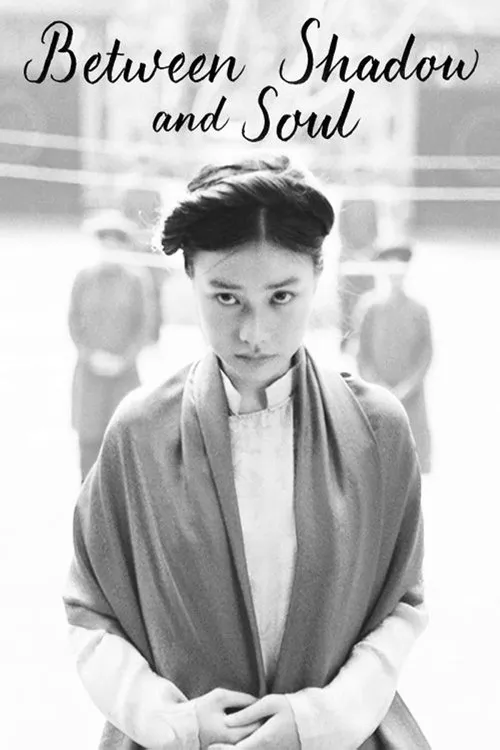Between Shadow and Soul

あらすじ
In "Between Shadow and Soul," the 2018 silent film adaptation of Ngo Phuong Lan's Vietnamese novel, we are immersed in the harsh realities of life during the late 19th century in Northern Vietnam. Mây, a beautiful but spirited fourteen-year-old girl, is being married off as the third wife to a wealthy landowner, Hung, in a deeply traditional and societal-pressured environment. The film takes a unique approach, opting for a silent and visually-stylized narrative. This allows the audience to focus on the subtle expressions and body language of the characters, creating a poignant and introspective experience. The cinematography in "Between Shadow and Soul" is exceptional, with a focus on stark black-and-white images and natural light that evoke the sense of time and place. Mây's story unfolds through the lens of her journey with Hung and his two other wives, Hong and Chien. The household is a patriarchal one, with Hung as the supreme authority, and the women exist under his umbrella, each with their own role to play. Hong, Hung's first wife, seems to be in a state of acceptance, resigned to her fate, while Chien, the second wife, appears to be more spirited, though her role is largely undefined. Mây, however, is at the center of the film's narrative. Her arrival at the household sparks a stir, with the two existing wives displaying varying reactions. Hong seems indifferent, while Chien displays a mix of curiosity and competitiveness. Mây, however, holds her own amidst the complex dynamics, displaying a quiet resilience and a fierce desire to carve out her own identity. The film explores the complexities of Mây's relationships with the two other wives, and eventually, with Hung himself. Mây is tasked with maintaining the household and ensuring its smooth operations, all while navigating the complex web of relationships and alliances within the household. Through a series of nuanced scenes, we witness the gradual development of Mây's bond with Hung, which becomes increasingly complicated. The black-and-white aesthetic and lack of dialogue in "Between Shadow and Soul" add to the poignancy and intimacy of the narrative. The audience is forced to infer the emotions and intentions of the characters, much like Mây herself must interpret the subtle cues from her surroundings. This creates a sense of detachment, mirroring Mây's own disconnection from the world around her. Throughout the film, we become aware of Mây's growing disillusionment with her circumstances. As the narrative progresses, Mây begins to realize the constraints placed on her as a woman in a patriarchal society. The film's silence allows for a raw, visceral response, evoking emotions in the audience without explicitly stating them. The cinematography plays a vital role in conveying Mây's inner turmoil, with the use of shadows and lighting creating an otherworldly atmosphere. The black-and-white color palette adds to the sense of simplicity and naivety, drawing us into Mây's world as if we are observing it from a distant perspective. In "Between Shadow and Soul," we are witness to the quiet rebellion of a young woman against the societal norms that dictate her life. Through the use of a silent narrative and striking visuals, the film masterfully conveys Mây's transformation from a dutiful daughter and wife to a young woman asserting her individuality in the face of adversity. This poignant exploration of Mây's journey is a testament to the power of cinematic storytelling and its ability to transcend language and culture.
レビュー
おすすめ



